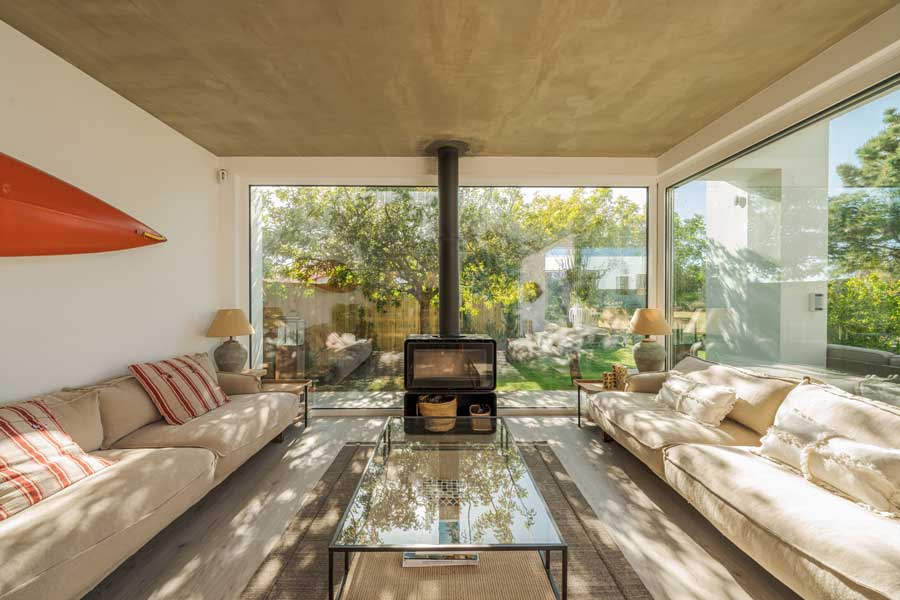
From now until Dec 5 at noon, enjoy an extra 5% discount on all projects even existing proposals. Sign your contract + submit deposit before the deadline to qualify.

From now until Dec 5 at noon, enjoy an extra 5% discount on all projects even existing proposals. Sign your contract + submit deposit before the deadline to qualify.

Adding a sunroom can bring light, views, and flexible living space—without the full cost or disruption of a whole-house expansion. In Southern Arizona, the right design matters. This guide covers the essentials for Tucson and Phoenix homes so you can plan with confidence.
A sunroom is typically a light-filled space with large windows or glass walls, attached to the home and accessed from the interior. In Arizona you’ll also hear Arizona room, which may be a semi-enclosed or screened space. A patio enclosure converts an existing patio into a glassed-in room.
Desert sun is intense. Use low-E glazing with an appropriate solar heat gain coefficient (SHGC) to let in daylight while limiting heat. Proper glazing and shade strategies make the room bright and comfortable.
Tight seals, well-detailed roof tie-ins, and controlled drainage protect against dust intrusion and driving rain. During monsoon, flashed transitions and kick-out diverters keep water away from walls and windows.
East light is gentle; west exposure needs shade (overhangs, exterior screens, or landscaping). Aim the best views toward shaded elevations and consider privacy from neighboring lots.
A ductless mini-split often suits 4-season sunrooms: efficient, quiet, and independently controlled. Extending an existing system may be possible but requires load calculations to avoid under-conditioning the rest of the home. Ceiling fans help maintain comfort and air movement.
Think beyond glass walls. The floor system, insulated roof, and thermal breaks all influence comfort. Tie the new roof into the existing one with proper underlayment, step flashing, and water management—critical in monsoon season.
Internal transition: A smooth threshold, matched flooring heights, and coordinated finishes help the sunroom feel integrated with adjacent living spaces. (For interior updates that complement the addition, see our Home Remodeling page.)
Most sunrooms—especially conditioned 4-season rooms—require permits. Expect plan review, structural checks (foundation, headers, lateral bracing), and inspections. If you’re in an HOA, secure architectural approval before submitting to the city. Timelines vary by scope and jurisdiction; allow time for design, permits, material lead-times, and inspections.
A capable partner keeps design, budget, and schedule aligned. When interviewing home addition contractors or a room additions contractor, ask:
Choose a home addition contractor experienced in desert construction and comfortable coordinating permits, trades, and inspections. For a deeper look at our process for additions, visit our Home Additions page.
Bring your ideas, photos, and a rough sense of size or layout. We’ll help you refine scope, pick the right sunroom type, and map a path from concept to final walkthrough. If you’re still exploring space options, you can also compare sunrooms with detached solutions on our Custom Guest Homes page.
Do sunrooms need permits in Tucson or Phoenix?
Most enclosed sunrooms do. Conditioned 4-season rooms almost always require permits. Your contractor should handle drawings and submissions.
Can a sunroom be cooled effectively in summer?
Yes—use low-E glazing, exterior shade, insulation, ceiling fans, and a right-sized mini-split or integrated HVAC plan.
How long does a sunroom addition take?
Design and permitting can take several weeks; construction often spans a few more, depending on complexity, inspections, and finish choices.
Will a 4-season sunroom count as livable square footage?
If built to code as conditioned space with proper insulation and HVAC, it may be treated like interior area—appraisers and jurisdictions vary.